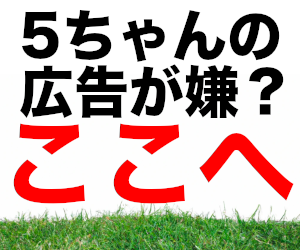翻訳しときますよ
While there is obviously no need for a byte order signature when using UTF-8,
there are occasions when processes convert UTF-16 or UTF-32 data containing a byte order mark into UTF-8.
UTF-8を使用する場合、バイトオーダー署名は明らかに不要(訳注 禁止ではない)であるが、
プロセスがバイトオーダーマークを含むUTF-16やUTF-32のデータをUTF-8に変換する場合がある。
(訳注 つまり UTF-8 に BOM が含まれることがある)
Its usage at the beginning of a UTF-8 data stream is neither required nor recommended by the Unicode Standard,
but its presence does not affect conformance to the UTF-8 encoding scheme.
UTF-8データストリームの冒頭で使用することは UTF-8データストリームの先頭での使用は、
Unicode Standardでは必須でも推奨でもありませんが、その存在はUTF-8エンコーディングスキームへ
の適合性に影響を与えず、UTF-8エンコーディングスキームへの適合性に影響を与えません。
(訳注 ここからも必須でも推奨でもないだけで、適合性に影響を与えないと書いてある)
Identification of the <EF BB BF> byte sequence at the beginning of a data stream can, however,
be taken as a near-certain indication that the data stream is using the UTF-8 encoding scheme.
データストリームの先頭の<EF BB BF>バイト列の識別は、そのデータストリームがUTF-8エンコーディング方式を
使用していることをほぼ確実に示すものと見なすことができる。
(訳注 UTF-8を使用していると確実に示すという意味だから使っていいということ)
探検
文字コード総合スレ part13
レス数が900を超えています。1000を超えると表示できなくなるよ。
927デフォルトの名無しさん
2023/03/01(水) 07:56:52.79ID:OaPBPWBeレス数が900を超えています。1000を超えると表示できなくなるよ。
ニュース
- 中国とロシアの爆撃機、日本周辺で共同飛行 [少考さん★]
- 「中国側も日本機のレーダーを感知していた」 中国メディアが報道 [♪♪♪★]
- 【YouTuber】バイク事故で入院のゆたぼん、振込で「お見舞金」募る [muffin★]
- 空自機レーダー照射、音声データ公開 中国 ★2 [蚤の市★]
- 堀江貴文、キャッシュレス非対応の店にモヤッ 『PayPay』立ち上げの人物にまさかの直談判「現金決済しかできないんだけど…」 [冬月記者★]
- 高市早苗首相、消費税減税に後ろ向き 足かせはレジシステム? 「責任ある積極財政」期待高いが [蚤の市★]
- 【悲惨】中国軍が自衛隊に「事前通告」し自衛隊も返答した音声が公開されてしまうwwwこれは高市チェックアウトゕ★4 [597533159]
- 【悲惨】中国軍が自衛隊に「事前通告」し自衛隊も返答した音声が公開されてしまうwwwこれは高市チェックアウトゕ★3 [597533159]
- 【高市悲報】セクシー小泉防衛大臣「訓練の事前通報ない」中国軍が訓練の通告の音声データを公開 どうするのこれ? [483862913]
- 高市早苗(おさな)、陳謝 [834922174]
- 【悲報】JA「全然米が売れなくて倉庫を圧迫してる。助けて!」米卸売り業者「安売りしたら赤字になる…助けて!」 [802034645]
- 久しぶりにJURIAで抜いた
